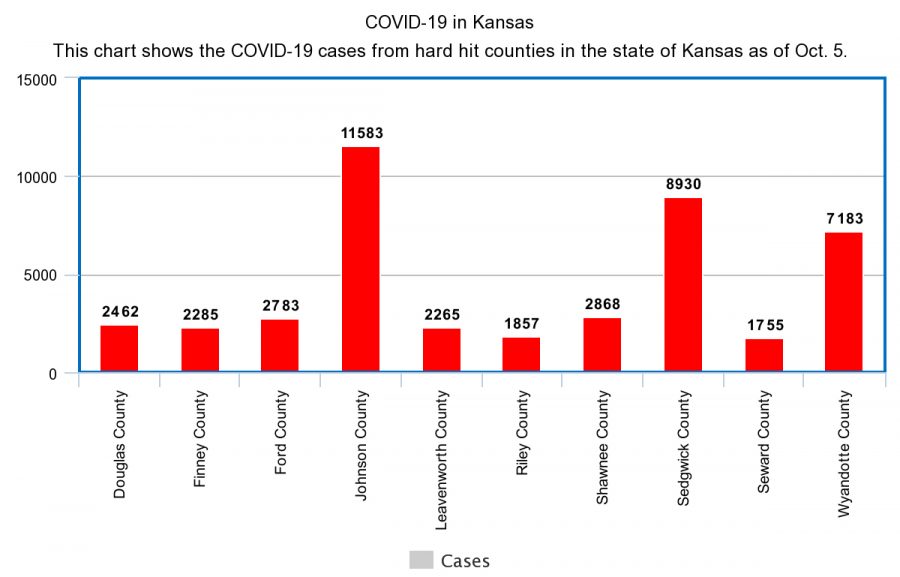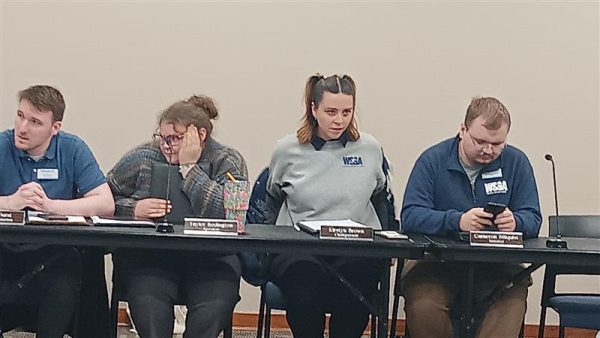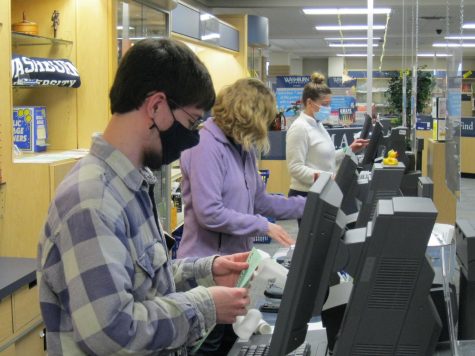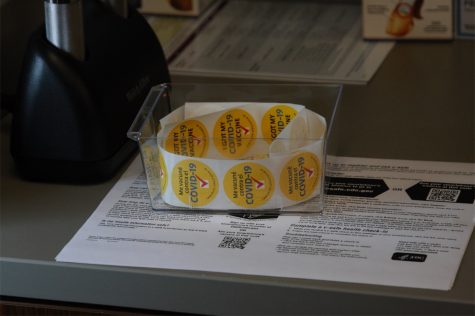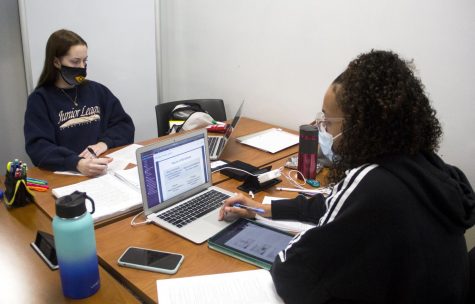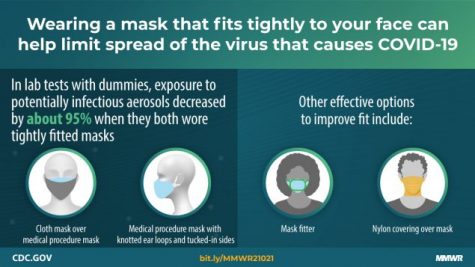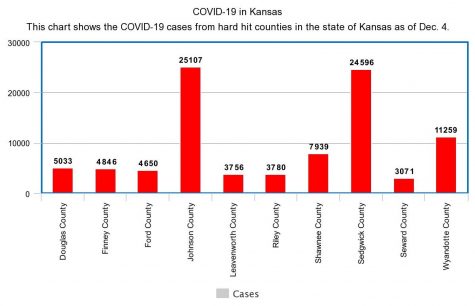COVID-19 numbers from Washburn and the state of Kansas: Updated 10/5/2020
This information comes from Washburn Student Health. The current COVID-19 numbers at Washburn University are updated by Washburn every Monday.
Reported total new positive tests (Sep. 27 – Oct. 3): 12 (+3 from last time)
Total new quarantined/isolated (Sep. 27 – Oct. 3): 38 (+4 from last time)
Total clusters* (Sep. 27 – Oct. 3): 1 (+1 from last time)
*Clusters are defined as five or more confirmed cases of COVID-19 originating from the same source or event
Numbers from around the state of Kansas provided by the Reno County Health Department.
Total Kansas Positive Cases (as of Oct. 5): 61,272
Total Kansas Deaths (as of Oct. 5): 698
Total Kansas Recovery Cases (as of Oct. 5): 47,822
Hot spots around the state.
Douglas County*: 2,462 cases | 13 deaths | 2,067 recovered
*Largest city: Lawrence
Finney County*: 2,285 cases | 12 deaths | 1,930 recovered
*Largest city: Garden City
Ford County*: 2,783 cases | 13 deaths | 2,106 recovered
*Largest city: Dodge City
Johnson County*: 11,583 cases | 158 deaths | 8,882 recovered
*Largest city: Olathe
Leavenworth County*: 2,265 cases | 14 deaths | 2,023 recovered
*Largest city: Leavenworth
Riley County*: 1,857 cases | 8 deaths | 1,582 recovered
*Largest city: Manhattan
Shawnee County*: 2,868 cases | 34 deaths | 2,492 recovered
*Largest city: Topeka
Sedgwick County*: 8,930 cases | 93 deaths | 6,644 recovered
*Largest city: Wichita
Seward County*: 1,755 cases | 7 deaths | 1,492 recovered
*Largest city: Liberal
Wyandotte County*: 7,183 cases | 134 deaths | 5,566 recovered
*Largest city: Kansas City
COVID-19 symptoms: If you or someone you know is experiencing any of these symptoms please call Student Health Services at (785) 670-1470. Also if you need to self-report, please contact Student Health Services of any possible exposure or symptoms by calling their office number or by emailing them at [email protected] or you can fill out the self-reporting form and if you’re a student living in the dorms, you can report your possible exposure or symptoms to Residential Living (note link).
Fever above 100.3 F and/or chills or feeling hot (if no thermometer available)
Sore throat
New cough not related to a chronic condition
Runny/stuffy nose, nasal congestion (not related to allergies or relieved by antihistamines)
Difficulty breathing, shortness of breath
Diarrhea with or without respiratory symptoms
Nausea and/or vomiting
Headache unrelated to a chronic condition
Fatigue
Muscle aches
Loss of sense of smell or taste
New rash/skin changes or COVID-19 toes
Pink eye
Edited by Joelle Conway, Matthew L. Self
Your donation will support the student journalists of Washburn University. Your contribution will allow us to purchase equipment and cover our annual website hosting costs.



